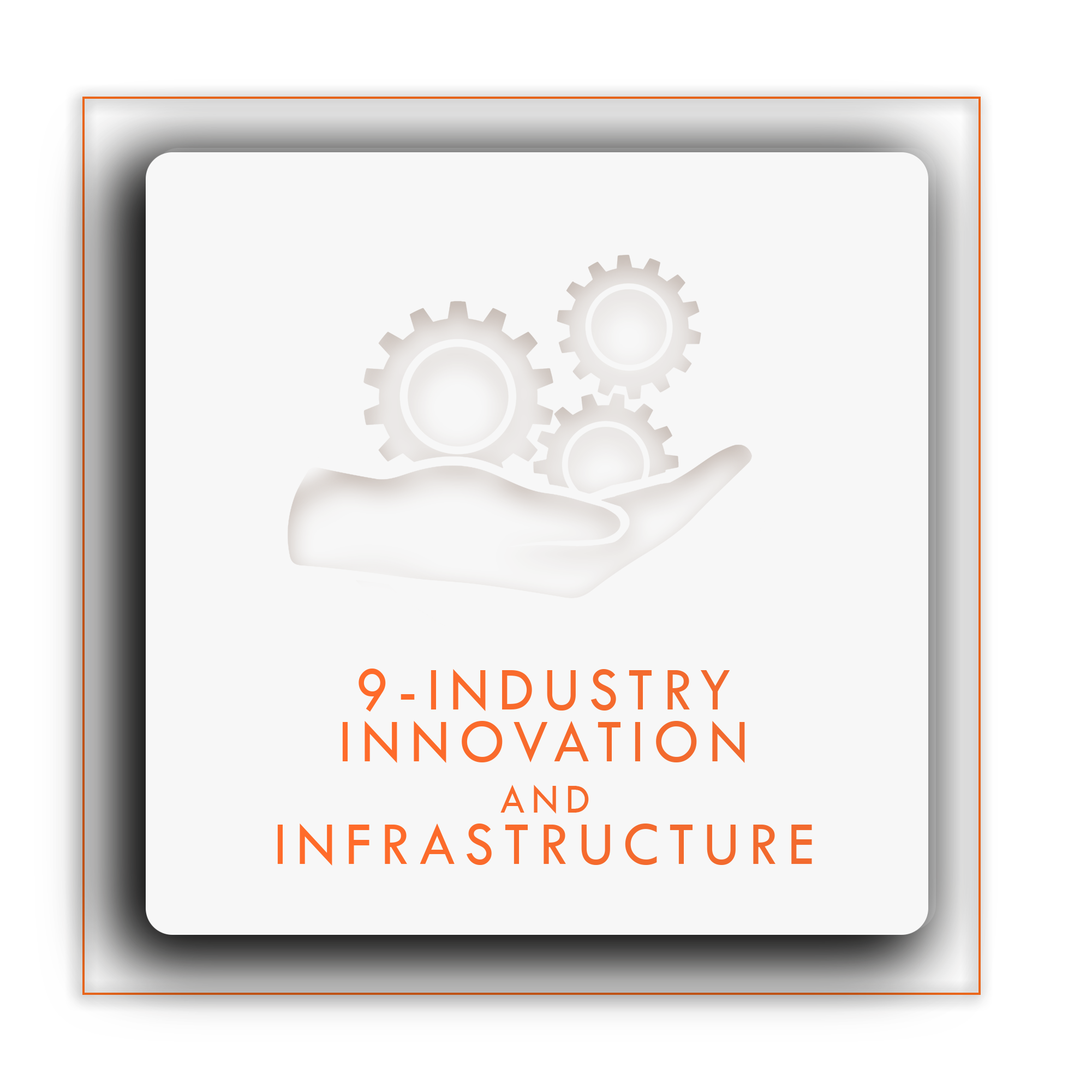RWI Synthetics Lifts off with Synthetic Space
Synthetic Space
Space is an important part of our daily lives, how we communicate, move and share data, even how we maintain our safety and security. Hundreds, and now thousands, of satellites, mostly from the commercial sector, are launched into orbit yearly to accommodate growth and deepen our reliance. Congestion, competition, disasters and attacks are realities that translate to potential disruption, destruction and degradation of satellites and the terrestrial systems we are depending on. This is why space domain awareness is critical.
What is Space Domain Awareness? Space Domain Awareness (SDA) is the study and monitoring of satellites orbiting the earth. It involves the detection, tracking, cataloging and identification of artificial objects, including active and inactive satellites, spent rocket bodies, or fragmentation of debris (1).
But more than the risk and expense of tracking and protecting space assets themselves, RUNWITHIT’s Synthetic Modelling interconnects the activities of space assets with the systems of systems that may suffer cascading impacts, some of which are very specific impacts and outcomes that disproportionately affect people. Determining vulnerability and risk is complex and full of what-ifs. De-risking interconnected systems and quantifying potential ripple effects including human outcomes for decision-makers is where RUNWITHIT’s (RWI) Synthetic Modelling Platform (SMP) excels. So we decided to take RWI’s synthetic intelligence into space!
NATO Innovation & RUNWITHIT Synthetics
NATO’s Spring Innovation Challenge asked participants to present innovative solutions to improve Space Domain Awareness. RWI developed an AI-based living laboratory using our SMP. Our AI-based virtual environments are collaborative and extensible, giving the ability to include other industry models and calculations, and explore ripple effects, potential outcomes, and impacts in all types of interconnected systems. Living labs enable clients to plan, design, and optimize systems and events using hyper-localized, geospatially and celestially accurate models that include people, technologies, and infrastructure.
RWI creates Single Synthetic Environments (SSE) from open and publicly available data, and these SSE’s generate synthetic data lakes, eliminating the need for surveillance or classified data. This solution scales and adapts to any scenario, geolocation, celestial location, level of fidelity and timescale of choice. For this solution specifically, RWI has extended our Synthetic Model Catalogue connecting space asset dependencies to our existing catalogue for critical systems, transportation, disasters, energy, communications, public safety and security.
Within our Synthetic Space SSE users can simulate any relevant scenario of disruption or mitigation to interconnected space assets and Earth-based entities, and play the process forward in time and space with measurement of cascading impacts, including changes in the economy, people, and the environment. RWI enables “in silico” trials to inform decision-makers on the specific circumstances, options, risks, and opportunities they face, and assist to evaluate the optimal path and outcomes for all.
What are Cascading Impacts?
A 2018 report by the Government Office for Science suggests that Global Navigation Satellite System (GNSS) can be defined as an invisible utility that enables communication systems to work, supports emergency services, and facilitates “the movement of goods and people, and the global supply lines that underpin our economy.” The “system-of-systems” is a term denoting a complex array of socio-technical constructs which must work together to maintain a complex output. Space systems have become an upper layer of command, control, and coordination capabilities which are spreading due to technical prowess, efficiency, and cost-effectiveness to critical infrastructure systems.
The GNSS is interconnected with some of the most critical systems on Earth such as utilities, transmission, healthcare, banking, communications and even emergency response. In the event of a service disruption in Space, RWI’s SSE can follow the chain of cause and effect to understand what systems in what region of the world failed as a consequence of the original malfunction. Further, when a system is damaged we can anticipate and measure the consequences for related systems that are dependent on a disrupted underlying service. These impacts can cascade back to Space from Earth.
Below shows the complex interdependencies between 9 basic functions of modern society connected to their data sources provided by satellite systems from the CI Space sector, and to Communication Technology CI sector (ICT). Each of these two sectors provides immense capacity for digital data capturing, storage, processing, en-/decoding, and accelerated laser data transport which makes their combined interaction via ground segments interdependent. A shortfall of either of these systems would lead to inoperability while satellite-based services would be lost. Even temporary loss of satellite services will lead to CI cascading effects mostly risking the economic cycle, foremost by miss-navigation, traffic collapse, communication breakdown, and financial transfer cash. These events have massive human impacts.
What could happen if Satellites stop working?
In January 2015 the U.S. Air Force took one of the satellites in the country’s GPS constellation offline. GPS satellites have multiple atomic clocks onboard synchronized with each other, and to Coordinated Universal Time (UTC) - the time standard across the world - down to the nanosecond. An incorrect time measurement (to the thirteen millionth of a second) was accidentally uploaded while performing operations to take a U.S. GPS satellite offline. This error disrupted GPS-dependent equipment around the world for more than 12 hours. In parts of the U.S. and Canada police, firefighters, and EMS radio equipment stopped altogether, and the BBC digital radio went silent for two days. This highlights how even relatively short disruptions to the GNSS system can cascade into global disruption of critical systems (2).
What is GNSS and what does it do?
The Global Navigation Satellite System (GNSS) is a network of critical infrastructure that provides positioning, navigation, and timing services to people across the world. Composed of 2,666 operating satellites orbiting earth in LEO, MEO, & GEO the network supports applications affecting every aspect of modern life. Collecting & communicating vast ranges of information using imaging & radio, the GNSS provides the integral framework that national systems like telecommunication, transportation, healthcare & emergency services have been built upon.
Satellites themselves travel 9-19 times the speed of sound (up to 24,000 km/h) through environments filled with harmful debris. Of the 6000 satellites launched into Earth’s orbit, approximately 60% have become Space Junk which serves no useful purpose and creates hazards for other satellites, stations, or astronauts in orbit of the Earth. Collisions in space create Space Junk on impact, further increasing the density of orbiting debris fields and accelerating further risk of collisions.
We know of about 23,000 pieces of debris larger than a softball, half a million pieces of debris the size of a marble or larger, and 100 million shards of debris about one millimetre or larger. All of this debris travels at up to 22 times the speed of sound (28,000 km/h), fast enough for a small piece of orbital debris to damage a satellite or spacecraft. Debris risk occasionally requires Spacecrafts to perform avoidance maneuvers if the probability of a collision reaches set limits.
What are the economic contributions of GNSS?
The GNSS contributes massive economic impacts to private and public industries at a local and national level. A 2013 GNSS report by Oxera16 estimated the Gross-Value-Added of “Geo Services'' (Location-based services + geographic mapping) to be $113 billion globally, saving users an estimated 1.1 billion hours per year of wasted journey time, and helping save 150 lives per year through faster emergency service responses in England alone. The global Satellite industry has grown about 3-4% annually since 2013, generating $348 Billion USD in revenue through 2017. Our increasing reliance upon orbital systems is evident by the astronomical contributions of the industry and consequential costs to livelihood and economy in the event of GNSS disruption (3).
On Space & Equity
The satellite services industry has grown ambitiously, but it is imperative to consider if our means of innovating are sustainable. At present 2000 satellites surround Earth in low-orbit, predicted to grow dramatically over the next decade to over 100,000 as per the launch of planned satellite constellations. The paradigms and structural inequalities that led to this mega-crisis year are also behind how space is literally being occupied, with little coordinated international regulation, discussion of ethical considerations, or consensus-building from a shared vision for the future of humanity in space. The rush to claim near-Earth space (also known as the Low Earth Orbit or LEO) is also leaving out the world’s most marginalized communities, including Indigenous peoples, who need to be involved as stakeholders in decision-making.
Expansion of services at such a rapid rate could pose significant challenges in the future; a cascading series of collisions could reduce thousands of satellites to rubble, privatization of space assets without clear regulation or space light pollution from the increasing quantities of LEO satellites could distort the cosmos from Earth disrupting millennia of traditions & cultural practices internationally.
The role of satellite constellations, and more broadly, the lack of consistent international regulation & consensus-building, strike at the core of humanity’s scientific and cultural relation to the night sky. To preserve the interests of all parties that will rely on satellite services, we need to consider the circumstances of all parties or they will be left behind. Isolated cultures with traditions related to stars, countries without ownership of a satellite depending on others with satellites to receive critical early warning data & services. In order to harness the potential of new technologies, governments need to introduce policies and strategies to make them accessible & beneficial to all.
Equity is not just a consideration that applies on Earth. Reaching true sustainability, equity and accessibility for all includes Space.
Citations
https://www.theatlantic.com/technology/archive/2016/06/what-happens-if-gps-fails/486824/
https://www.oxera.com/wp-content/uploads/2018/03/What-is-the-economic-impact-of-Geo-services_1-1.pdf
https://www.asc-csa.gc.ca/pdf/eng/publications/2015-assessment-canadian-space-sector-v2.pdf
https://navisp.esa.int/uploads/files/documents/5a8ff18f9edda807963168.pdf
https://www.theatlantic.com/technology/archive/2016/06/what-happens-if-gps-fails/486824/
https://www.geospatialworld.net/blogs/what-are-the-various-gnss-systems/
https://www.oxera.com/wp-content/uploads/2018/03/What-is-the-economic-impact-of-Geo-services_1-1.pdf
https://apod.nasa.gov/apod/ap191210.html
RUNWITHIT is actively working to contribute to the United Nations Sustainable Development Goals (SDG’s). This project has contributed to the following SDG’s:
















